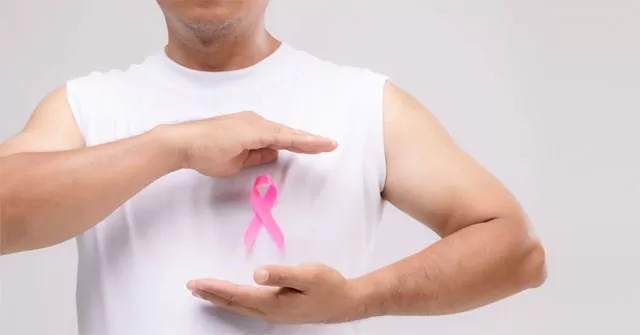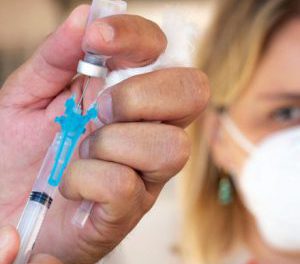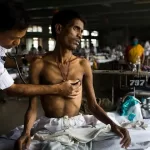October, celebrated as Breast Cancer Awareness Month, often highlights breast cancer as a predominantly female disease. However, experts are raising concerns about the often-overlooked reality that men can also develop breast cancer, and stigma around the disease can significantly delay diagnosis and treatment, potentially worsening outcomes.
While breast cancer in men accounts for only 0.5–1 per cent of cases globally, according to the World Health Organization (WHO), this seemingly small percentage represents thousands of men diagnosed each year. The lack of awareness and societal stigma surrounding male breast cancer can cause men to delay seeking medical advice, which experts say is a critical issue.
“Despite its rarity, breast cancer in men is often diagnosed later than in women. Many men are unaware that they can develop breast cancer, leading to delayed detection. However, early detection significantly improves survival rates,” said Dr. Ramesh Sarin, Senior Consultant in Surgical Oncology at Apollo Cancer Centres.
Stigma and Misconceptions Affect Early Diagnosis
The stigma associated with male breast cancer is one of the biggest challenges to timely diagnosis. The idea that breast cancer is a “woman’s disease” can make men feel embarrassed or emasculated if diagnosed, leading many to delay seeking treatment. “This stigma can lead to delayed diagnosis and treatment, potentially worsening outcomes,” Dr. Sarin noted.
Breast cancer in men typically manifests in similar ways to how it does in women. Symptoms can include a lump or thickening in the breast tissue, changes in the skin covering the breast, such as dimpling, redness, or scaling, and changes to the nipple, such as redness, scaling, inward turning, or discharge.
“It’s important to note that most breast lumps in men are not cancerous. However, any unusual changes should be promptly evaluated by a healthcare professional,” Dr. Sarin added.
Common Types of Male Breast Cancer
The most common form of male breast cancer is invasive ductal carcinoma (IDC), which begins in the milk ducts and can spread to surrounding tissue. Other forms include invasive lobular carcinoma (ILC), Paget’s disease of the nipple, and ductal carcinoma in situ (DCIS), a non-invasive form of cancer.
Risk Factors for Male Breast Cancer
Several risk factors can increase the likelihood of breast cancer in men. These include age, family history of the disease, genetic mutations, exposure to radiation, liver disease, and obesity. Men with a history of genetic mutations, such as BRCA1 and BRCA2, face a heightened risk.
Lifestyle and Environmental Concerns
Dr. Anshuman Kumar, Director of Surgical Oncology at Dharamshila Narayana Superspeciality Hospital, emphasized the need for lifestyle changes to mitigate cancer risk. “Processed and ultra-processed foods, especially when consumed warm in plastic containers, release harmful chemicals like phthalates and bisphenol A (BPA), which are known to disrupt hormonal balance and contribute to cancer risk,” he said. Irregular eating habits, exposure to food adulterants, insecticides, and heavy metals further exacerbate cancer risks, according to Dr. Kumar.
Raising Awareness
Experts stress that increasing awareness about male breast cancer and reducing the stigma surrounding it is critical for early diagnosis and treatment. As Breast Cancer Awareness Month progresses, health professionals urge men to be vigilant about their breast health and seek prompt evaluation for any suspicious symptoms. Awareness campaigns targeting men, along with healthcare providers who understand the unique challenges men face, are crucial in the fight against this often-overlooked form of cancer.
For men, like women, early detection remains key to survival.











